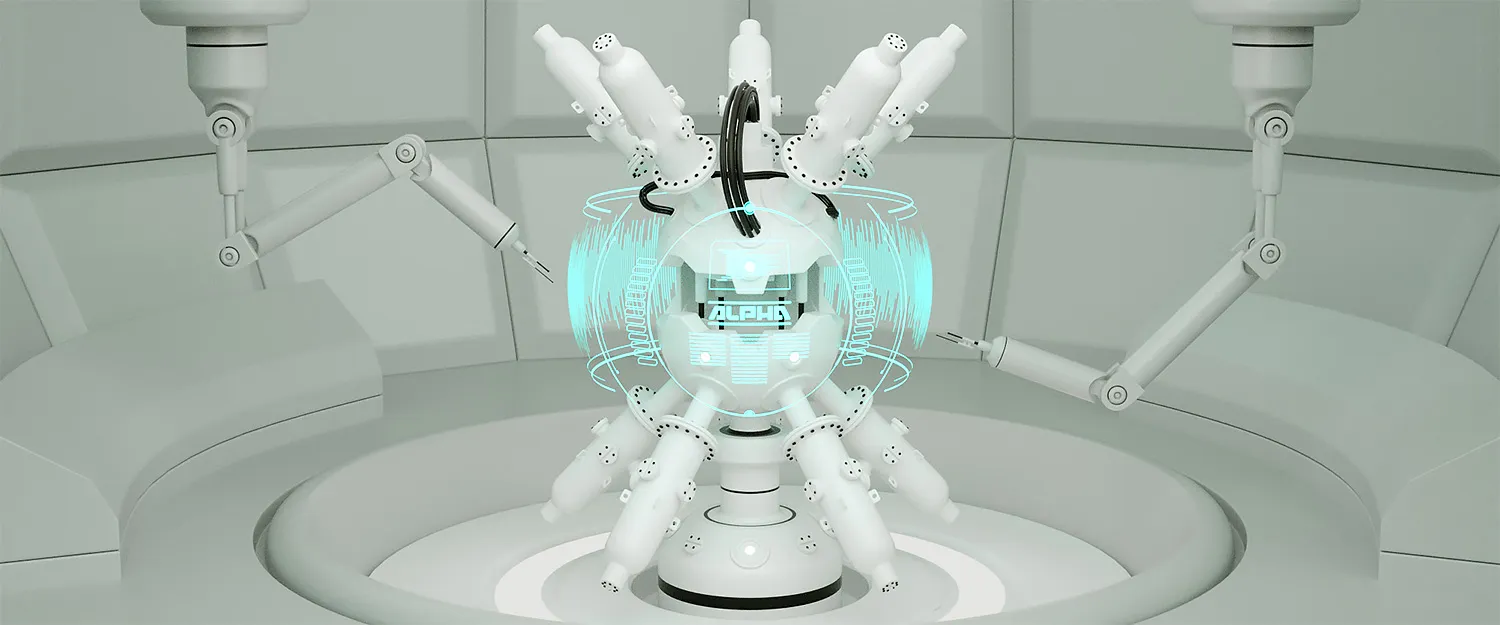In a few weeks we will release the first public technology preview of EdgeDB—a new open-source object-relational database. This post is a brief introduction and the first in the series. Before diving in, let's take a look what motivated us to build EdgeDB.
Motivation
Databases have always been and will always be the defining piece of any technological stack. In the last decade there has been a lot of activity and interesting developments in the field. Just 10 years ago there was no MongoDB, no affordable cloud databases, and even cloud itself was a relatively new concept. Today there is an abundance of database solutions using non-relational data models with a promise to make working with data scalable and developer-friendly.
The latter part of this promise turned out to be elusive. Document NoSQL databases make the initial schemaless prototyping stage easy, but tend to increase technical debt over time. Maintaining overall data and schema consistency, as well as performing complex analytics on schemaless data is much harder than it is with traditional RDBMS.
At the end of the day, if one is choosing a database solution for their new project, chances are they will pick a relational database. Predictable performance, powerful query language, and consistency guarantees are all the reasons RDBMS dominate the market and are largely unchallenged.
However, relational databases are built on a model that is decades old and which becomes increasingly inadequate for the rapidly transforming software development field. Certainly, PostgreSQL is being constantly improved with features like advanced JSON support, query parallelization, and a JIT compiler to boost the performance of complex queries even further. However, the way applications interface with a relational database did not change meaningfully. We still use slow ORMs, struggle with schema migrations and write poor ad-hoc SQL queries.
Object-Relational
Most software engineers don't think in tables. Our programming
languages are built around higher-level abstractions like types
and objects. If you have two objects A and B and want to
reference one from another, you would just write A.b = B.
To do the same in a relational database, you would need to deal
with foreign keys, joins, and sometimes intermediate tables,
essentially working directly at a much lower level of abstraction.
This inconsistency between relational databases and modern programming languages has been known for a while, and even has a name: object-relational impedance mismatch. It is the reason why ORMs are so popular and why there is so much interest around technologies like GraphQL.
The problem with these solutions is that they attempt to bridge the gap from the application side, and either sacrifice the expressive power of the underlying database, or implement an overly complex mapping which largely defeats the purpose.
While the industry seems to be obsessed with solving the problems of scale, there are no serious attempts to solve the object-relational mismatch on the database side.
EdgeDB
EdgeDB is the next generation object-relational database. Instead of the relational model it implements an object graph model. In this model, data is described and stored as strongly typed objects and relationships, or links between them. Objects and links can hold properties: a set of named scalar values.
This model is sometimes called a property graph model.
EdgeDB is not a graph database: the data is stored and queried using relational database techniques and requires a strict schema.
EdgeDB is not a document database, but inserting, modifying and querying hierarchical document-like data is trivial.
EdgeDB is not a traditional object database. Despite the word "object" in "object-relational", it is not an implementation of OOP persistence or encapsulation.
It features an expressive query language—EdgeQL—with a goal to match and surpass modern SQL capabilities like subqueries, advanced aggregation, and window functions.
EdgeDB is based on PostgreSQL, and inherits all of its strengths: reliability, ACID compliance, and performance.
An Example
Just to give a small taste of EdgeDB, let's define a simple schema describing a rudimentary GitHub-like app using our schema DSL:
# Define a string enumerated type for
# pull request status.
scalar type pr_status extending str {
constraint one_of('Open', 'Closed', 'Merged')
}
# Pull request object type definition.
type PullRequest {
required property title -> str;
required property status -> pr_status {
default := 'Open';
}
# Pull request "author" as a to-one
# link to a User object.
required link author -> User;
# Many-to-many relationship with
# different User objects.
multi link assignees -> User;
}
type User {
required property name -> str;
multi link followees -> User;
}Now let's see what a simple query in EdgeQL looks like:
SELECT User {
id,
name,
followees: {
id,
name
}
}
FILTER
User.name = 'Alice';The query will return a list of all users with the name "Alice" together with all users she follows. The data can be returned as rich objects in the client programming language or as JSON.
Here's how a comparable SQL query might look like:
SELECT
users.id,
users.name,
array_agg(followees.id) AS followee_ids,
array_agg(followees.name) AS followee_names
FROM
users
LEFT JOIN user_followees ON
user_followees.user_id = users.id
LEFT JOIN users AS followees ON
followees.id = user_followees.followee_id
WHERE
users.name = 'Alice'
GROUP BY
users.id, users.name;Note that this SQL query is not very efficient. An experienced developer would rewrite it to use subqueries. Besides, to get the result of the query as JSON it would require even more effort.
Below is an example of a slightly more advanced EdgeQL query that shows aggregation and backward link navigation.
SELECT User {
name,
# Count the number of users who follow this user
# by traversing the "followees" link *backwards*,
# as denoted by '.<'
followed_by_count := count(User.<followees),
# Count the number of users that this user is
# following by traversing the "followees" link
# *forwards*, as denoted by '.>' or simply '.'
follow_count := count(User.followees),
# Get a set of open pull requests that this
# user is the assignee of.
open_prs := User.<assignee[IS PullRequest] {
title
} FILTER .status = 'Open'
};Example JSON output:
[
{
"name": "Alice",
"followed_by_count": 101,
"follow_count": 45,
"open_prs": [
{
"title": "Implement support for window functions."
},
...
]
},
...
]What's Next
There are a multitude of unique EdgeDB features that we are eager to talk about. Here's a brief outline of topics we will cover in the following blog posts:
-
Data model and introspection
A look at EdgeDB type system, schema composition and introspection.
-
EdgeQL
An introduction into EdgeQL and how it's different from SQL and other query languages.
-
Polymorphism
An overview of how EdgeDB implements type composition, abstract data types, and polymorphic queries.
-
Schema Migrations
A discussion on schema migrations and how EdgeDB implements them natively.
-
GraphQL
A review of GraphQL support in EdgeDB.
Meanwhile, check out our website, follow @edgedatabase on Twitter, and stay tuned for the updates!


